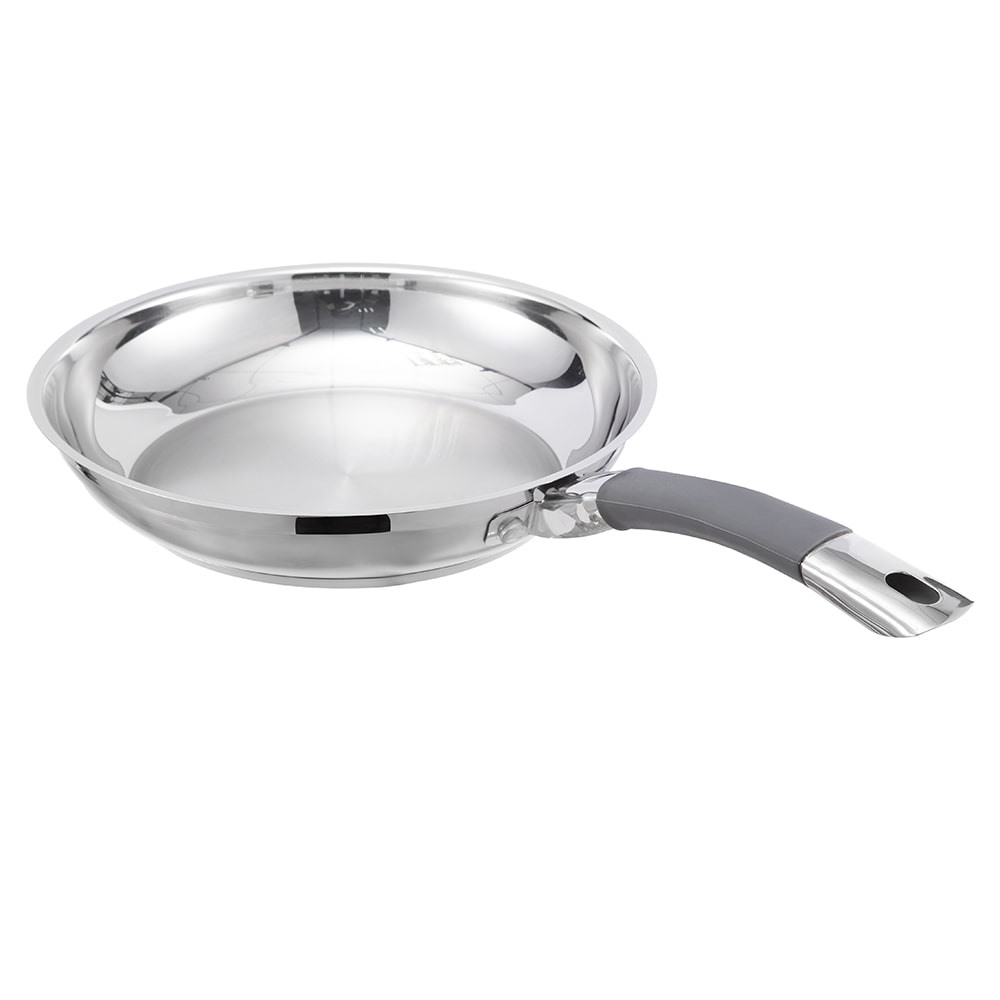Non-stick cookware has become a staple in modern kitchens due to its convenience and ease of use. Among the various types of non-stick coatings available, ceramic coatings and traditional non-stick coatings (such as PTFE-based materials) are the most common. Ceramic coated honeycomb cookware has gained popularity as a safer and more durable alternative.
1. Composition and manufacturing process
Ceramic coatings
Ceramic coatings are made from inorganic materials, primarily silica (derived from sand) and sol-gel-based solutions. These coatings are free from synthetic polymers like PTFE (polytetrafluoroethylene) and PFOA (perfluorooctanoic acid), which are commonly found in traditional non-stick coatings. The manufacturing process involves applying a liquid ceramic solution to the cookware surface, which is then baked at high temperatures to form a hardened, smooth layer.
Ceramic coated honeycomb cookware often features a textured honeycomb pattern etched into the metal base, which helps distribute heat evenly and enhances food release. The ceramic layer is typically applied over this structure, combining the benefits of even heating with a naturally non-stick surface.
Traditional non-stick coatings (PTFE-based)
Traditional non-stick coatings are primarily made from PTFE, a synthetic fluoropolymer. This material is known for its exceptional non-stick properties but requires the use of PFOA (now largely phased out due to health concerns) during manufacturing. PTFE coatings are applied in multiple layers and cured at lower temperatures compared to ceramic coatings.
Key differences in composition
| Feature |
Ceramic Coating |
PTFE-Based Coating |
| Primary material |
Silica-based |
PTFE (Teflon-like) |
| Contains PFOA/PTFE |
No |
Yes (historically) |
| Manufacturing temperature |
High |
Moderate |
| Bonding method |
Chemical fusion |
Layered application |
The absence of PTFE and PFOA makes ceramic coatings a preferred choice for health-conscious consumers.
2. Performance and cooking experience
Heat resistance and distribution
Ceramic coatings can withstand higher temperatures (typically up to 450°C or 842°F) before breaking down, whereas PTFE-based coatings begin degrading around 260°C (500°F). This makes ceramic coated honeycomb cookware more suitable for high-heat cooking methods like searing and oven use.
The honeycomb structure in some ceramic-coated cookware improves heat distribution, reducing hot spots that can cause uneven cooking. Traditional non-stick pans, unless combined with an aluminum or copper core, may struggle with consistent heat dispersion.
Non-stick properties
PTFE-based coatings initially provide superior non-stick performance, but ceramic coatings have improved significantly in recent years. While ceramic may require slightly more oil for delicate foods like eggs, ceramic coated honeycomb cookware compensates with better durability over time.
Food release and ease of cleaning
Both coatings facilitate easy food release, but ceramic is generally more scratch-resistant when used with proper utensils. PTFE coatings, while slick, are prone to scratching if metal utensils are used.
3. Safety and environmental impact
Health concerns
PTFE coatings, when overheated, can release toxic fumes that may cause polymer fume fever in humans and be lethal to birds. Ceramic coatings do not pose this risk, making them safer for high-heat cooking.
Environmental considerations
Ceramic coatings are derived from natural minerals and do not contribute to persistent environmental pollutants like PFOA. PTFE, while stable under normal use, is a synthetic material that does not biodegrade easily.
The shift toward ceramic coated honeycomb cookware aligns with growing consumer demand for eco-friendly and non-toxic kitchen products.
4. Durability and longevity
Scratch and abrasion resistance
Ceramic coatings are harder and more resistant to scratches from metal utensils compared to PTFE. However, improper use (such as stacking pans without protection) can still damage the surface.
Lifespan
PTFE coatings tend to degrade faster, especially when exposed to high heat or abrasive cleaning tools. Ceramic coated honeycomb cookware typically lasts longer if maintained properly, though its non-stick performance may diminish gradually over time.
Warranty and consumer expectations
Many manufacturers of ceramic-coated products offer longer warranties, reflecting confidence in the coating’s durability. PTFE-based cookware often requires more frequent replacement.
5. Maintenance and care
Cleaning recommendations
- Ceramic coatings: Use soft sponges and mild detergents. Avoid harsh scouring pads.
- PTFE coatings: Similar care is needed, but they are more prone to damage from metal utensils.
Storage tips
Both types benefit from protective pan protectors when stacked. Ceramic coated honeycomb cookware should be stored carefully to avoid chipping the honeycomb structure.
6. Cost and market trends
Ceramic-coated cookware is generally priced higher than basic PTFE-based options due to its advanced manufacturing process and durability. However, as demand for safer and longer-lasting cookware grows, ceramic coated honeycomb cookware is becoming more accessible.
The primary differences between ceramic coatings and traditional non-stick coatings lie in their composition, safety, durability, and performance. Ceramic coatings, particularly in ceramic coated honeycomb cookware, offer a healthier, more environmentally friendly, and heat-resistant alternative. While PTFE-based coatings excel in initial non-stick performance, their susceptibility to heat damage and environmental concerns make ceramic coatings a superior choice for long-term use.
Consumers should weigh factors such as cooking habits, heat requirements, and maintenance preferences when choosing between these coatings. As technology advances, ceramic coatings are expected to become even more competitive in terms of non-stick efficiency and longevity.
 No. 1, Jingwei Road, Yangcheng Lake Town, Xiangcheng District, Suzhou City, China
No. 1, Jingwei Road, Yangcheng Lake Town, Xiangcheng District, Suzhou City, China [email protected]
[email protected] +86-13913553688
+86-13913553688
 search
search
 中文简体
中文简体 English
English русский
русский Français
Français Español
Español 日本語
日本語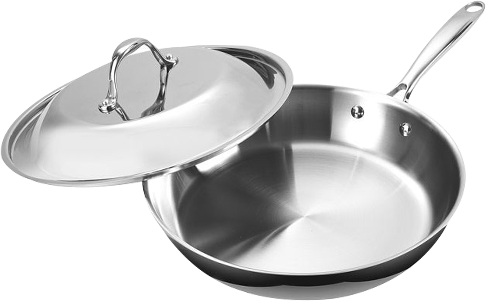
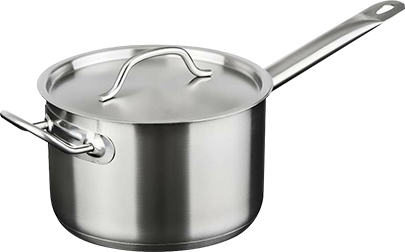
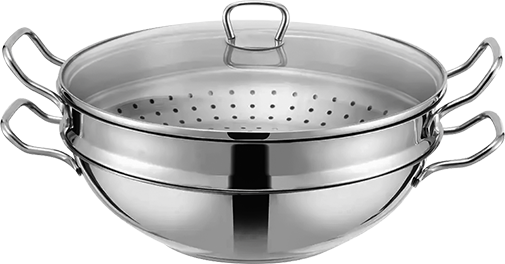




-4.jpg)
-1.jpg)
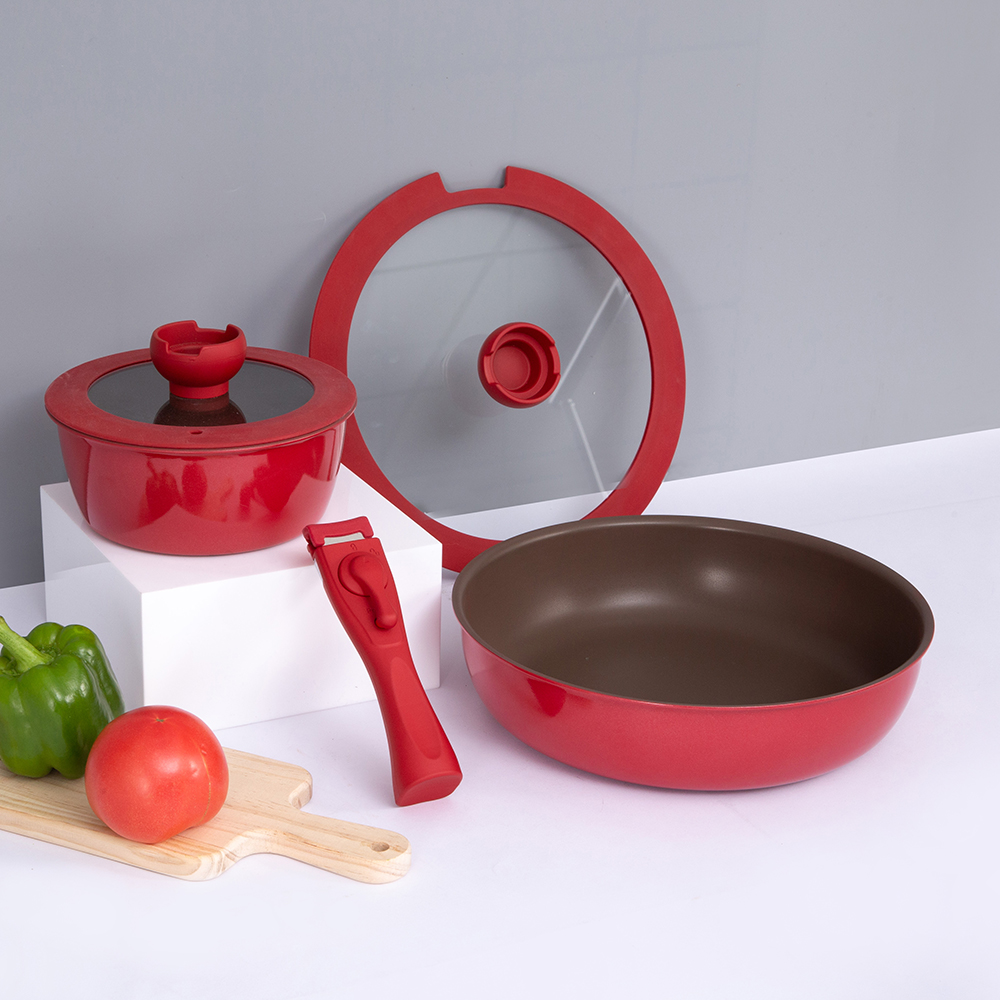
-3.jpg)
-5.jpg)
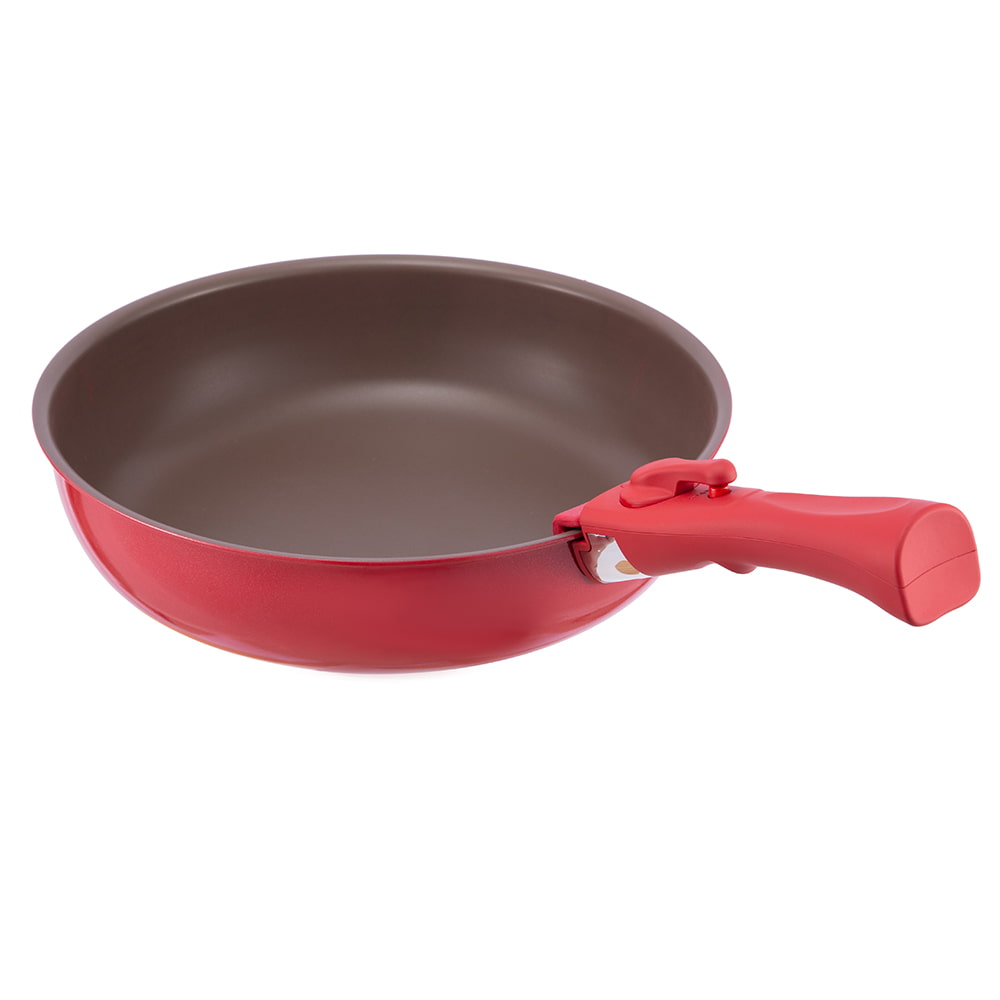
-3.jpg)
-9.jpg)
-3.jpg)
-14.jpg)
